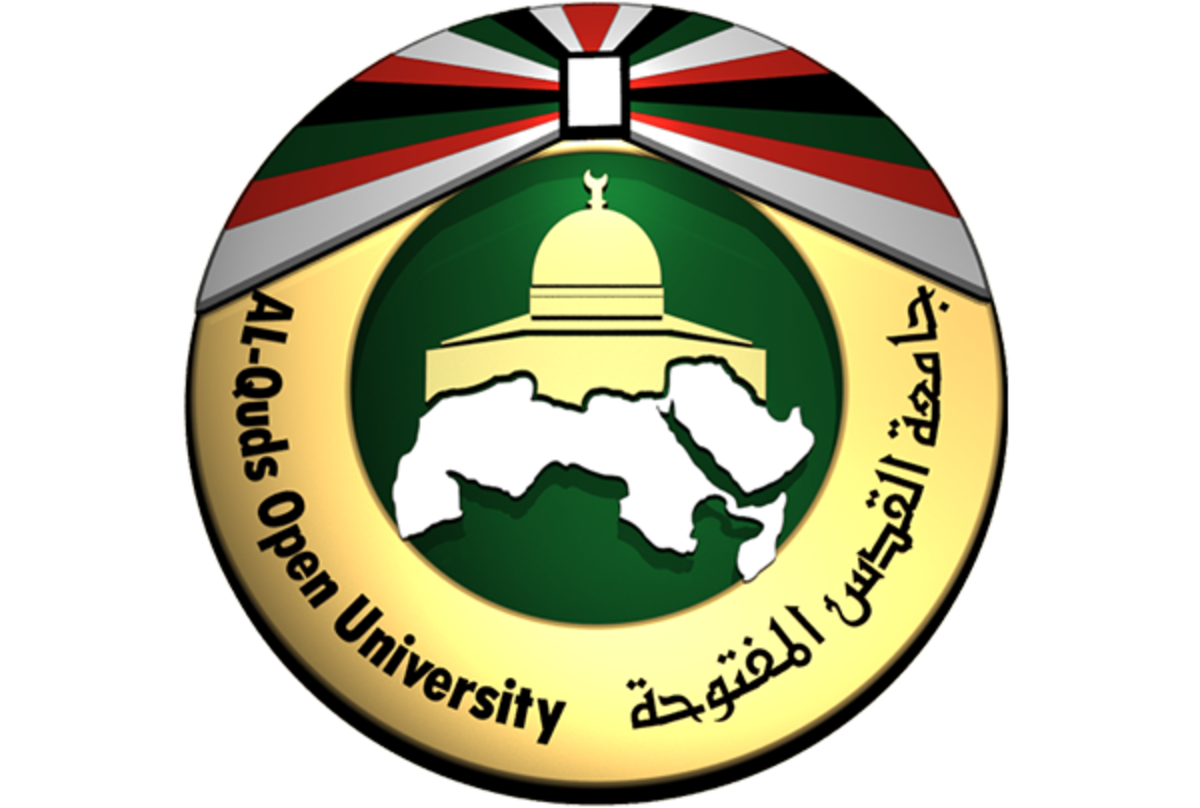Journal of Al-Quds Open University for Educational & Psychological Research & Studies

Article Title
Abstract
The aim of this study is to depict the image of children represented in thePalestinian curriculum of Arabic language from the first to fourth grades.The content analysis approach was utilized to answer the five questionsconducted here in the study. The results indicated that children were referredto and mentioned within some lessons. Arabic language curriculum includedthe social, emotional, theological, ethical, cognitive and self- development.It valued the role of social development, which was repeated 31 timeswith a percentage of 60%. Moreover, the emotional aspect was repeated9 times with a percentage of 18%, indicating the importance of the Arabiclanguage in stimulating children's emotions, sentiments and reactions. Thisalso displays the importance of respecting and valuing children's emotionsand sentiments and helping them to profoundly understanding themselves.Notably, with a repetition of 7 times and a percentage of 14, the theologicaland ethical aspect did not obtain the adequate percentage; a shortagewas depicted at the cognitive level, which was only noted 4 times with apercentage of 8%.The curriculum lessons displayed the children as neat, polite,collaborative, initiator and tolerant indicating establishment of a Palestiniancooperation- based civil society but discarded the representations of childrenas researcher, explorer, studious, creative and patriot. The results revealedthat some drawings depict children positively and value the importance ofthe positive relation between adults and children. The representations ofchildren as researchers and explorers were absented. Thus, there is a needto reconsider lessons drawings and their assessments according to childrendevelopmental needs. Palestinian curriculum of Arabic language must berestructured to recognize the handicapped students at class. The curriculaexhibited the roles and chores designated to children within the context ofschool, house, farm, art works and the nearby periphery. The study concludedwith practical recommendations to develop the curriculum.
Recommended Citation
Al-Khalis, Ba'ad Mohammed
(2016)
"The Image of Children Presented in the Palestinian Curriculum of Arabic Language from First to Fourth Grades,"
Journal of Al-Quds Open University for Educational & Psychological Research & Studies: Vol. 4:
No.
14, Article 8.
Available at:
https://digitalcommons.aaru.edu.jo/jaqou_edpsych/vol4/iss14/8

